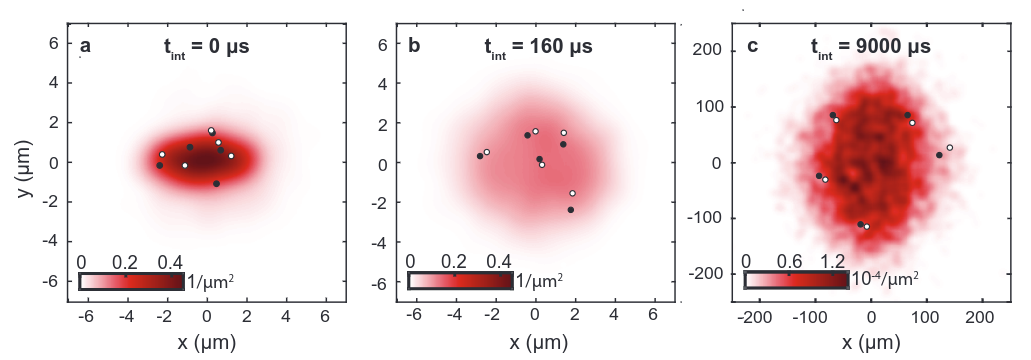Origings of collectivity in few-body systems

The experimental signatures of hydrodynamic-like behaviour in proton-proton and proton-lead collisions is posing the intriguing question: when does a system of only a few particles begin to exhibit the dynamics of a many-body system? This motivated the recent discovery of the geometry inversion—a key signature of collective behaviour—in experiments with just ten interacting ultracold atoms released from an elliptic potential (see the figure above)1. To address the emergence of many-body dynamics in mesoscopic quantum gases, I have recently organised a EMMI rapid reaction task force with experts in collective behaviour in cold-atom and heavy-ion systems. In addition, at Colaborative Research Center ISOQUANT, I am leading an interdisciplinary project to explore the origins of collective behaviour in ultracold fermion experiment.
-
S. Brandstetter, P. Lunt, C. Heintze, G. Giacalone, L.H. Heyen, M. Galka, K. Subramanian, M. Holten, P.M. Preiss, S. Floerchinger, and S. Jochim, Emergent hydrodynamic behaviour of few strongly interacting fermions,, arXiv:2308.09699, accepted to Nature Physics ↩